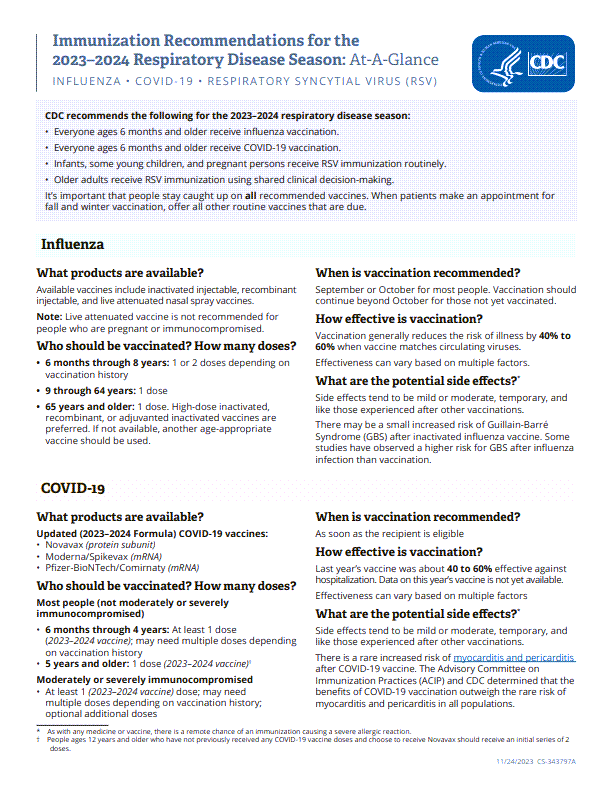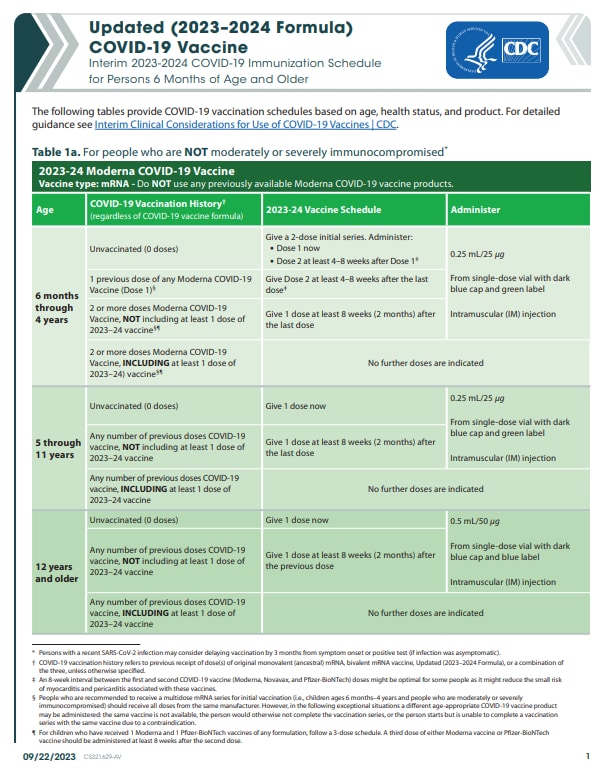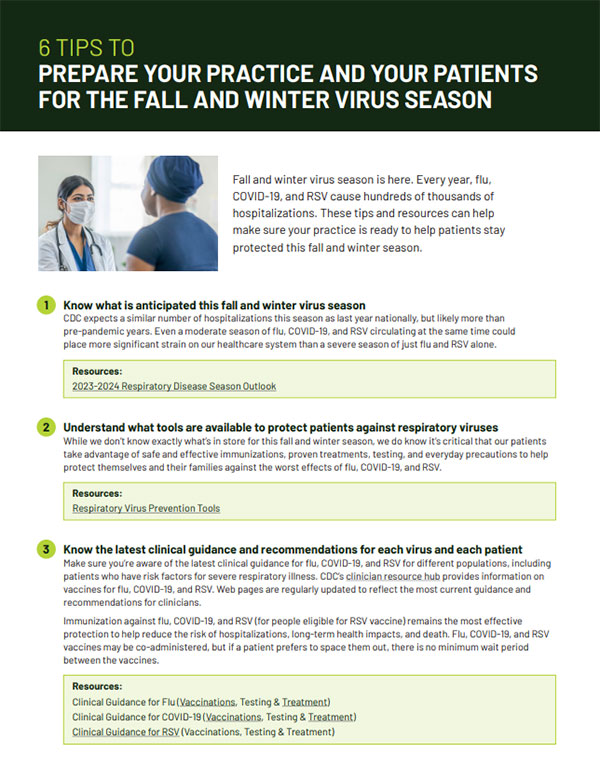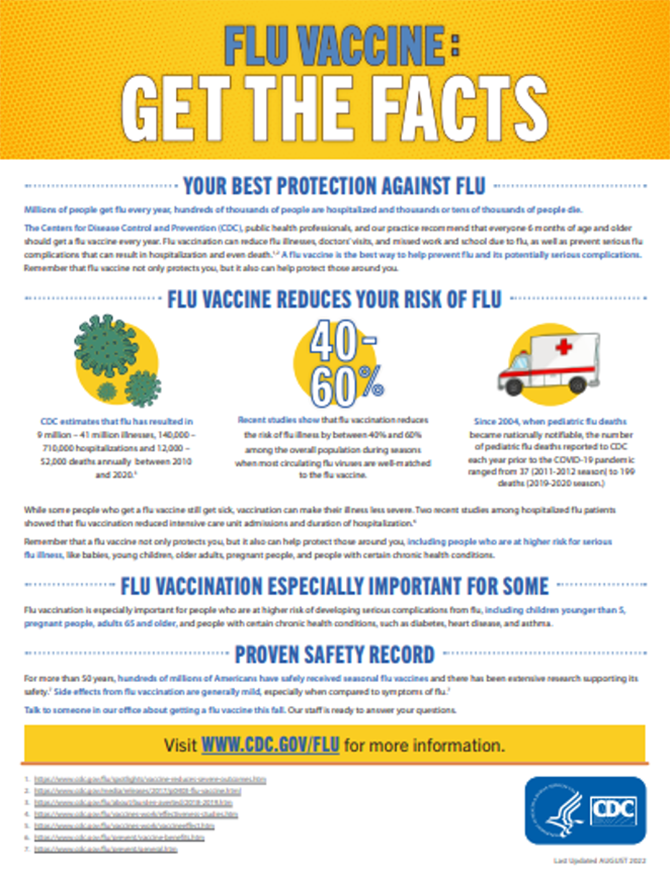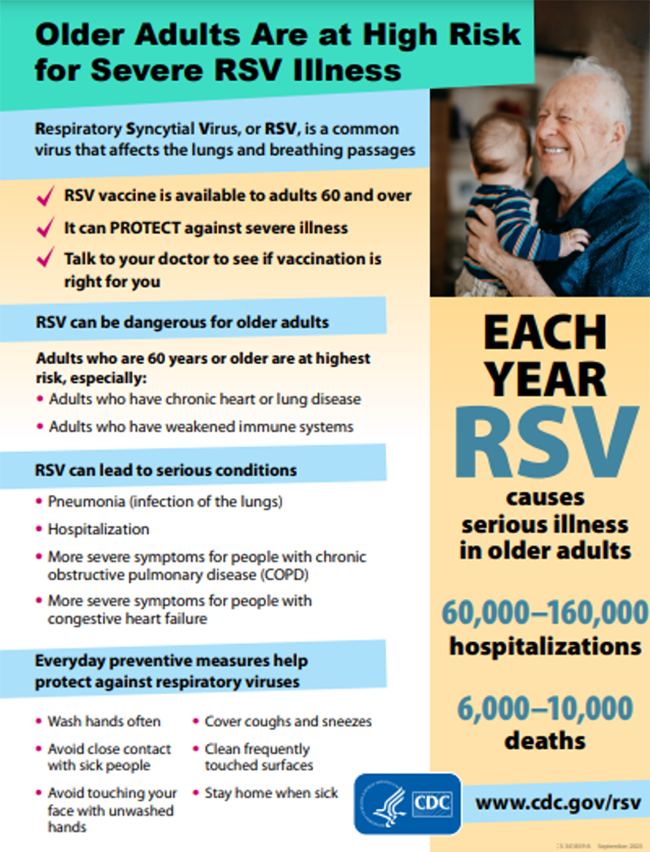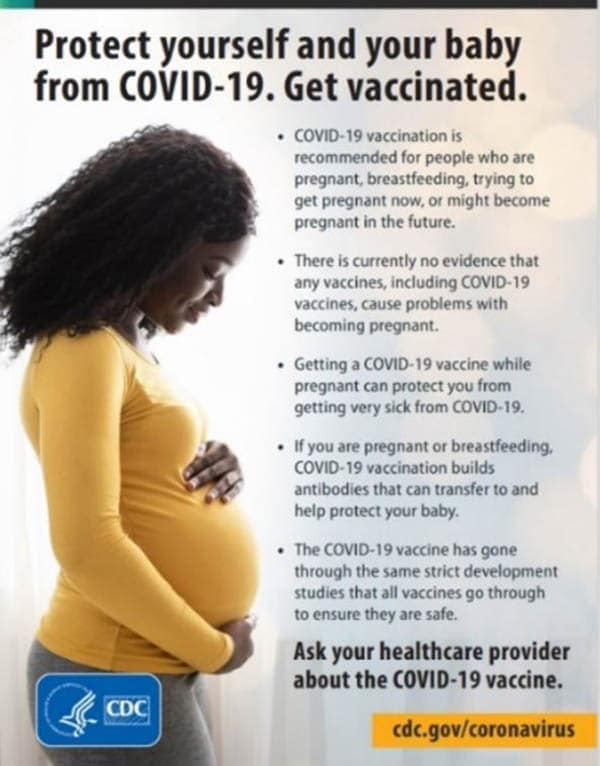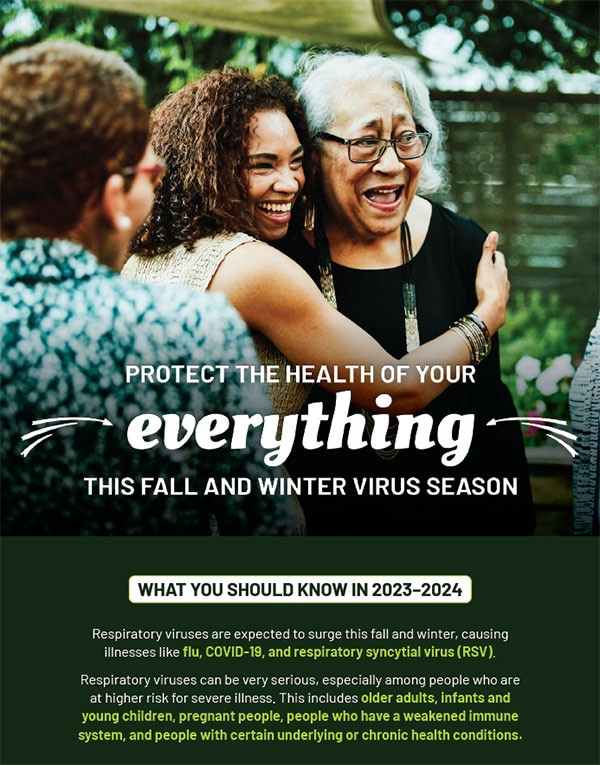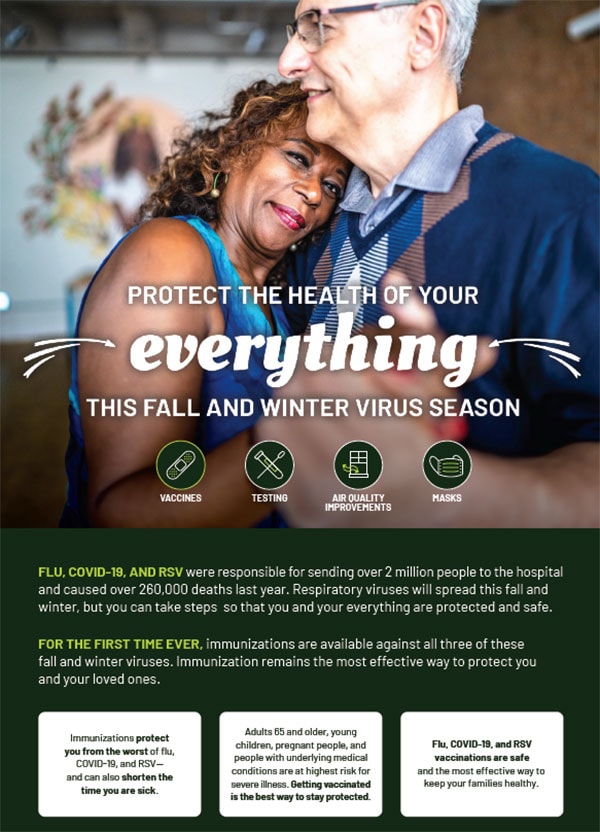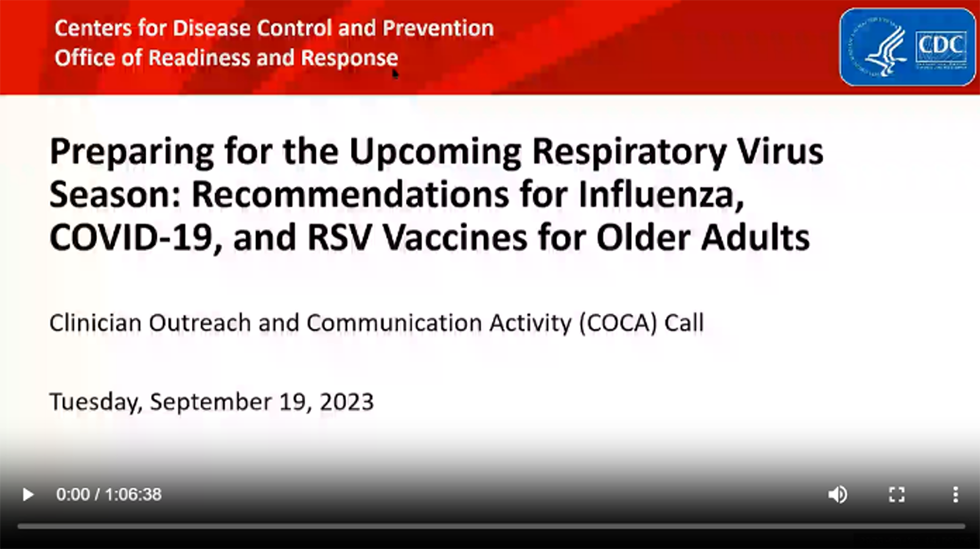Healthcare Provider Toolkit: Preparing Your Patients for the Fall and Winter Virus Season
Every year, influenza (flu), COVID-19, and respiratory syncytial virus (RSV) cause hundreds of thousands of hospitalizations and thousands of deaths during the fall and winter virus season. In the United States, we now have more tools than ever before to help people protect themselves, their families, and communities, including:
- Safe, updated immunizations – For the first time ever, immunizations are available for all three major fall and winter respiratory diseases – flu, COVID-19, and RSV (for groups eligible for RSV immunization).
- Widely available, effective treatments – Treatments are available for flu and COVID-19 and can reduce severe illness, hospitalization, and death.
- Testing – Tests, some of which can be done at home, can quickly detect these respiratory viruses so patients don’t delay treatment and other actions that can protect their family, friends, and coworkers.
- Everyday actions – Other tools like masking, physical distancing, washing hands, and improving airflow in the places where people live and work can provide an additional layer of protection.
Immunization against flu, COVID-19, and RSV remains the best way to safeguard against hospitalizations, long-term health impacts, and death. In August and September 2023, CDC made the following recommendations:
- Everyone 6 months and older should receive the seasonal 2023-2024 influenza vaccine and the updated 2023-24 COVID-19 vaccine.
- All infants should be protected against severe RSV either through vaccination of pregnant people 32 through 36 weeks of gestation (Pfizer RSVpreF only) from September through January, or through immunization of infants less than 8 months born during or who are entering their first RSV season with nirsevimab, a monoclonal antibody. In addition, some children aged 8 through 19 months at increased risk for severe RSV should receive nirsevimab when entering their second RSV season.
- Adults 60 and older may receive RSV vaccine if the provider and patient think it’s right for them.
Multiple studies show healthcare providers are the most trusted source of health information for their patients. They are in the best position to ensure their patients receive accurate and actionable information, including recommended immunizations.
Educating patients about the fall and winter virus season toolkit will provide patients with a full set of tools to keep themselves and their families safe from respiratory diseases this season.
Before seeing the patient:
- Review immunization history and recommendations based on age, underlying medical conditions, and other risk factors. Immunization recommendations are available on the CDC website for pediatric patients and adults.
- Assess whether the patient has risk factors that place them at higher risk for severe flu and COVID-19 and should therefore receive prescription antiviral medications if they become ill.
While seeing the patient:
- Counsel the patient or caregiver that immunizations are safe and the most effective way they can protect themselves or their children against severe disease, hospitalization, and death from flu, COVID-19, and RSV this season. Offer recommended immunizations to patients or caregivers or refer them to where they can get vaccines. Let patients and caregivers know they may need immunizations during their next visit.
- If a patient is eligible for COVID-19 or flu antiviral medications, explain the importance of testing and treatment early if they experience illness symptoms.
- Explain how to use the other tools (testing, well-fitted mask, physical distancing, washing hands, and improving airflow or ventilation in the places the patient lives and works) and how these tools can help them and their families stay safe this season.
Immunization remains the most safe and effective way to protect patients against serious disease. Using these additional tools will also help increase protection against respiratory viruses.
